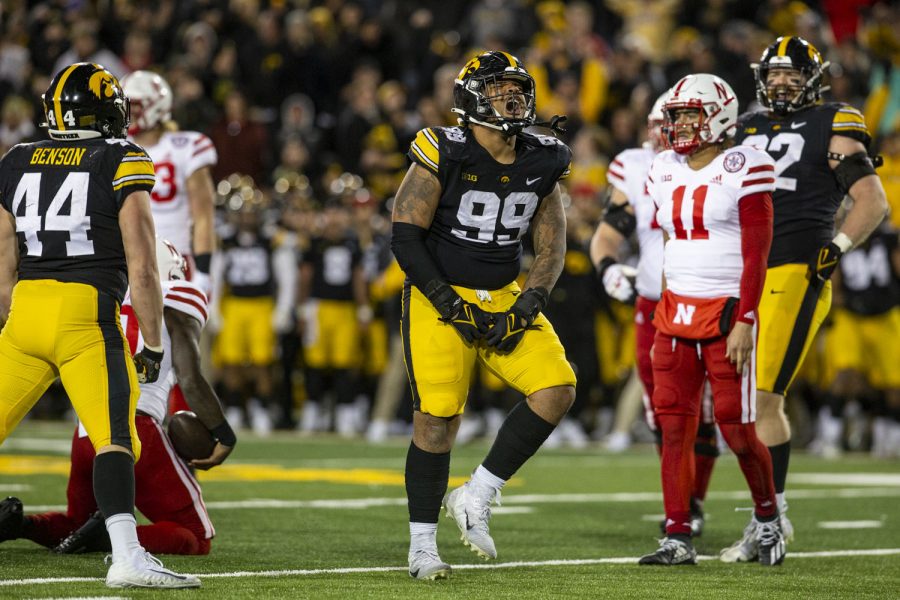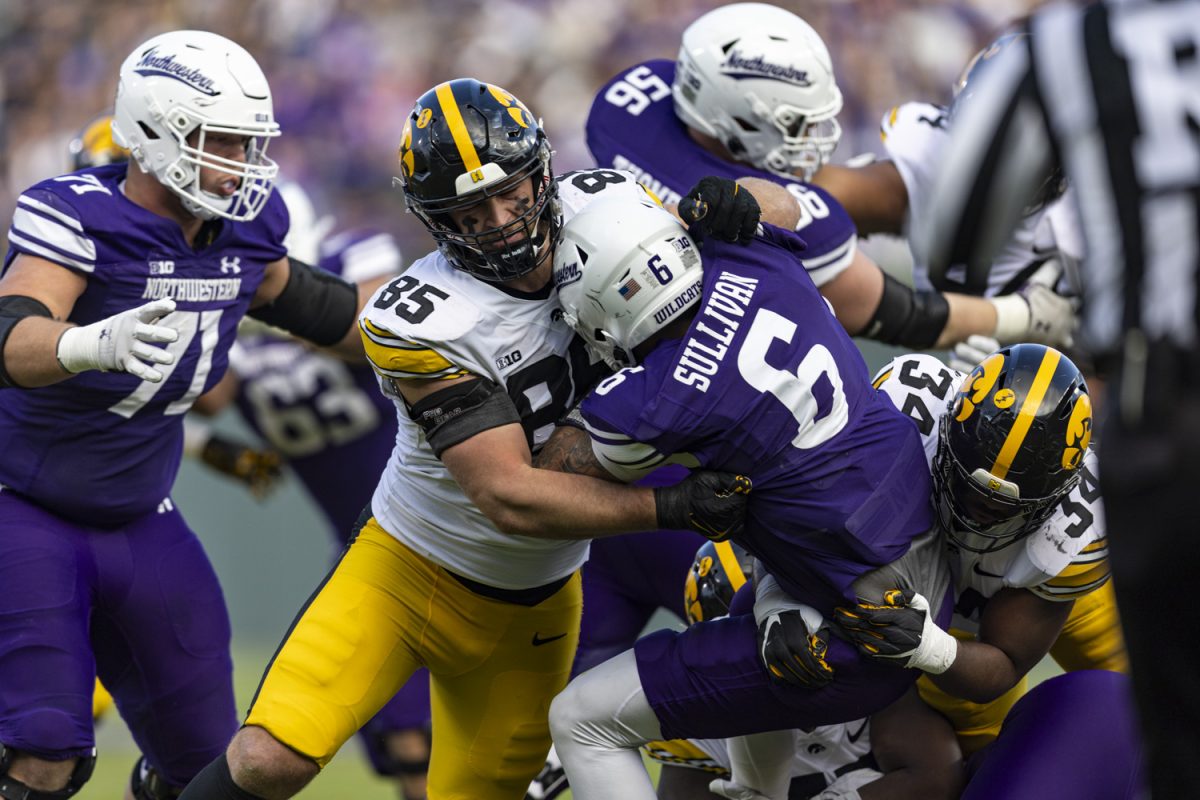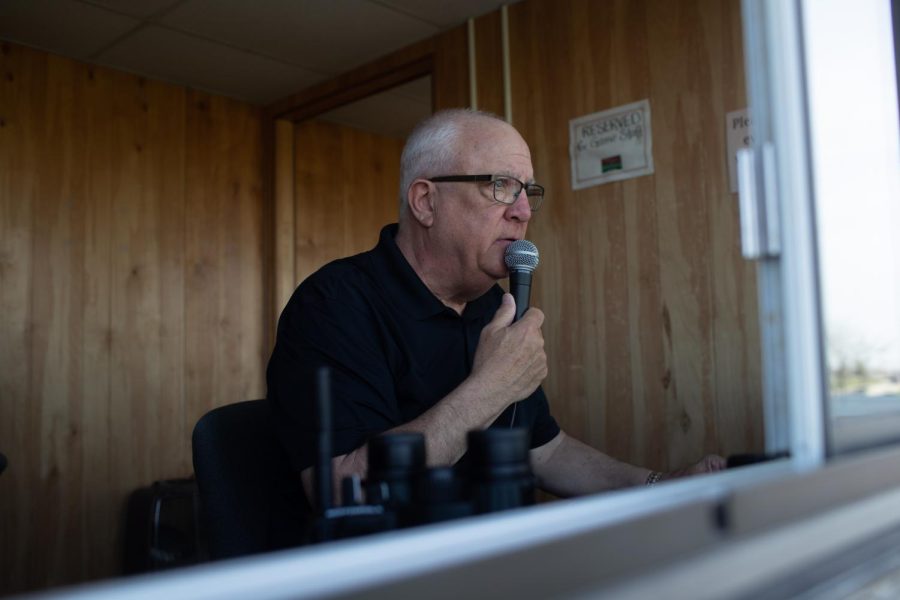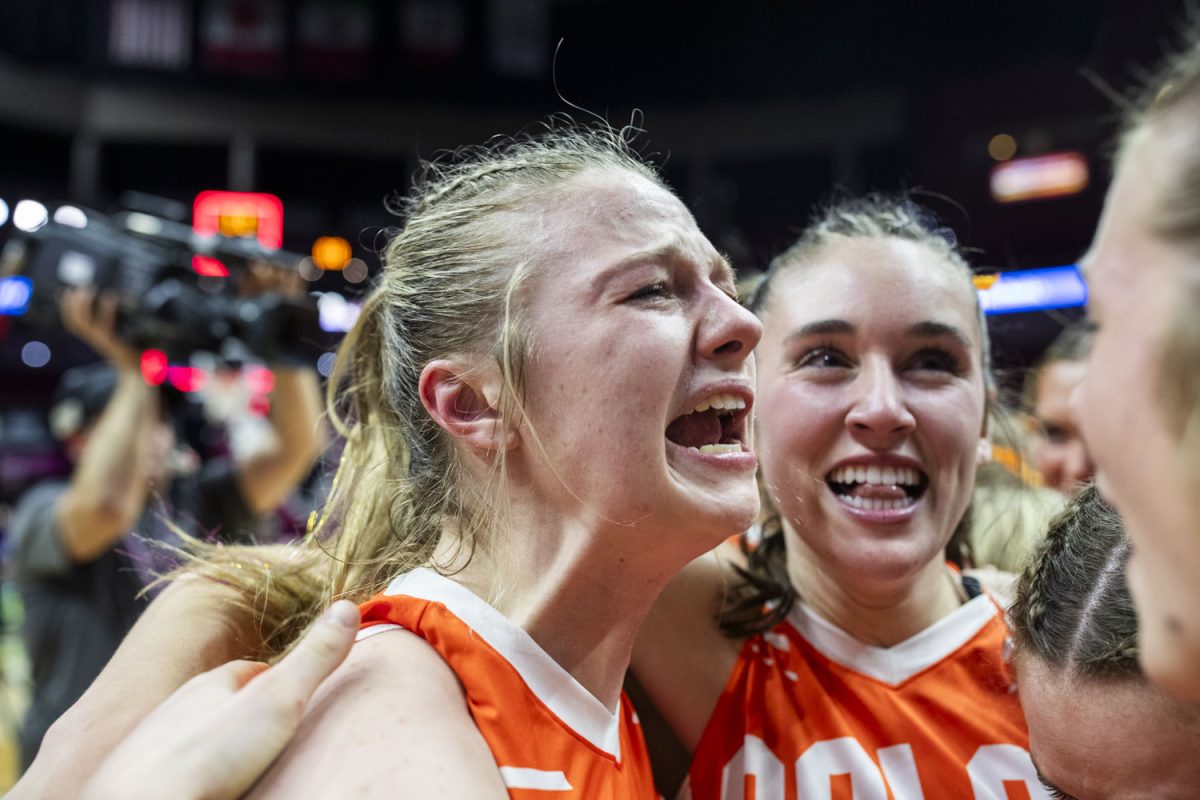Celebrating in the aftermath of his second Rose Bowl victory, Stanford head coach David Shaw iterated his support for the expansion of the College Football Playoff.
By Charlie Green
[email protected]
PASADENA, Calif. — It was over almost before it even began. Christian McCaffrey’s 75-yard touchdown reception on the first play from scrimmage sparked the forest fire that was No. 6 Stanford’s monstrous 45-16 victory over No. 5 Iowa in the Rose Bowl n Jan. 1.
As the game neared halftime, it became clear who the winner would be. And when that train of thought left the station another one was inevitable to enter, because Stanford sure looked like it could contend for a national title.
“I just think four teams is too few,” Stanford head coach David Shaw said after the game. “Regardless of our situation, because we’ve separated ourselves as a big-5 conference when you have a four-team playoff.”
Shaw was elated at the result of his third Rose-Bowl trip, but something else is clearly on his mind. Why are there fewer playoff spots than there are major conferences?
And the 64 teams that make up those conferences are only about half of what makes up the Football Bowl Subdivision. The other five divisions — called the Group of Five — has such quality programs as Memphis, Houston, Boise State, and others, as well as inevitable Cinderellas that pop up in the national conversation.
In a subdivision with so many teams competing with such a disproportional allotment of resources, it’s extremely top heavy — some years more than others. But you could reasonably say that around 40 teams have a shot to contend for New Year’s six bowl spots.
In Shaw’s eyes, the problem is, of course, that only four of those teams actually play for something: a national title. And 40 really isn’t a lot when you think of the size of the subdivision. It’s less than one-third.
“With enough evidence of how the seasons end, I think eventually whether it turns into an eight-team playoff or a six-team playoff with two teams and a bye,” Shaw said. “However it works, I think at some point it will be changed.”
In terms of the major sports in America, college football is by far in last place of the percentage of teams that make its playoffs (four out of 128 to be exact, or around 3 percent).
The NBA sends more than half of its 30 teams to the playoffs, the Major Leagues one-third, and the NFL a bit less than 40 percent. NCAA men’s basketball sends 68 teams to its playoff, and although it technically has 337 teams at play, it shares the same factor of resource disparity as college football — creating a group of consistent powerhouses. There is more room for Cinderellas to rise up, but the process of a longer tournament usually weeds them out by the closing stages.
Unlike college football, it leaves a higher margin for error because of more quality teams, even if they don’t dominate in the regular season, reach the postseason.
If we assume that 40 (a completely arbitrary number) out of 120-plus bowl subdivision teams are serious players at the beginning of the season, the playoffs still accept just 10 percent of those teams. Margin for error in this incredibly human process is consequentially extremely low.
The system has left teams such as Ohio State and Stanford on the outside looking in this January. After impressive bowl wins from both, it’s easy to think they could play with the teams the playoffs selected for the playoff.
It’s a step up from the two-team playoff of just a couple of years ago, and it might ultimately expand again. But knowing how long the NCAA has taken to make changes in the past, Shaw and those of his mindset could wait a long time.
“I’m … fine with the fact it’s going to stay this way for a while. It’s not going to change next year or the year after that,” Shaw said. “We’re going to go through many years of a four-team playoff.”
Follow @CharlsGreen on Twitter for Iowa football news, updates, and analysis.










